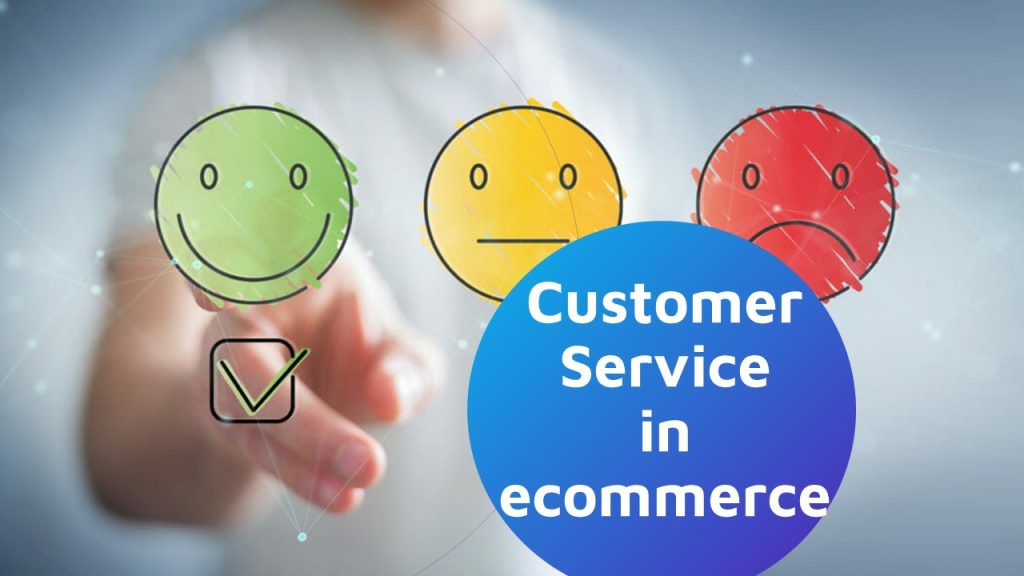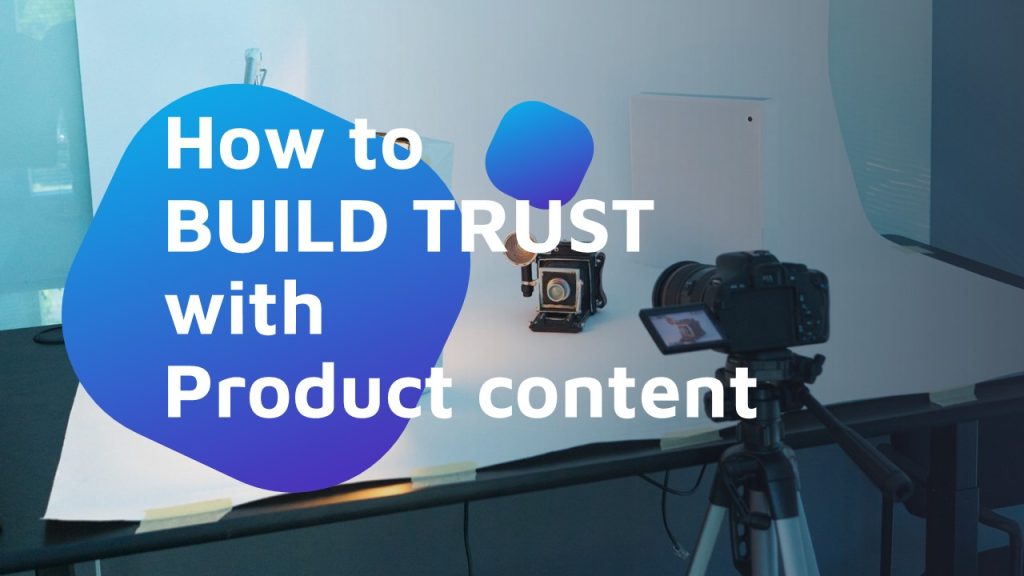Video is the preferred kind of content in ecommerce: they are easy to consume, entertaining, informative, and relatable.
In fact, according to Hubspot‘s Not Another State of Marketing Report 73% of visitors who watch a product video are more likely to make a purchase.
As these figures consolidate, new video formats emerge adding other valuable elements to help brands persuade consumers: testimonials, live streaming sessions, or expert interviews, to name a few. Together, they provide consumers with a comprehensive view, showing the product as the solution to their pain points, and the brand as an actor who understands the problem.
Brand and product videos
There is a difference between the two. Many videos out there combine both brand and product content. Their impact, though, depends on brand awareness and the actual need of a product in a given segment.
On the one hand, brand videos seek to state a brand’s vision, mission, value proposal, and core values. And because they say so much, they need a careful strategic design in order to define its voice and tone and its approach, among other things. However, they do not directly promote the brand, because brands need to offer something valuable to be take in account. Still, brands using short videos to show their everyday life behind the scenes usually create a closer bond with their audience.
Product videos are somewhat more laser-focused. They aim at highlighting a specific need to which the product is the solution. Since they must condense loads of information in a short piece of content where the visual and the written work together to explain a product’s features in a relatable story. And that calls for research, and fine-tuning.
Types of product video
Product videos aim at retaining viewers’ attention with a specific goal: clicking on a button, visiting a website, sharing a post, backing a crowdfunding project, or buying a product.
And while there’s not one only way to achieve a given objective, there are specific formats to deliver a message in an engaging and relatable way. Furthermore, we often see product videos combining some of the formats explained below, with quite good results.
So, let’s take a look.
Product explainers
Product explainer videos, also called how-to videos, focus on how a product works, so people understand each one of its features, parts, and functions.
It is true that promotional videos often include bits explaining specific functions. However, they often need to summarize different kinds of information, so they fit in the short time users spend watching them. Usually, that is somewhere between 60 – 80% of its total length, as users do skip the parts they find boring.

https://wyzowl.s3.eu-west-2.amazonaws.com/pdfs/Wyzowl-Video-Survey-2020.pdf
Because an image is worth a thousand words, there’s no better way to guide your customers through your product than providing a visual explanation that leaves no room for doubt. And that has very positive effect in returns, complaints and calls for help.
The main benefits of using explainer videos are:
- Ideal length: 60 to 90 seconds
- They can be used for as long as your product exists. They can even replace a user guide through QR codes in a product’s packaging, thus lowering costs and increasing both traffic and loyalty. In that case, consider breaking down everything that needs to be explained, and create a series.
- They prove a product’s features and functions through high-detailed explanations and close-up shots.
Remember, though, that a product explainer is not a sales asset, but a complement to help your actual buyers or the final push for potential customers.
3D Animation videos
3D animation videos bring products to life, even before they exist. Moreover, they highlight details to show all of their value through an immersive visual experience consumers appreciate a lot. As we explained a couple of posts ago, product rendering and exploded views have the power to educate and entertain with a highly engaging visual pitch.
Whether your product is a prototype you want to test or a full-on innovation that needs a strong presentation, 3D animations are a real competitive advantage. Their versatility is such, they can be used in almost any instance. Ads, Social Media, marketing, landing pages.
- Focus on the added value by showing parts of the product that are relevant for your selling pitch.
- Ensure you give a realistic feel & touch experience, with colors, shades, and textures.
Despite production may seem expensive (the resulting videos usually suggest that) they usually have a high ROI, given their engaging power. However, 3D animation videos are not promotional by themselves, but often used as a part of longer videos in which they can be put into context. Plus, recent advances in image processing speed, Artificial Intelligence and Machine Leaning make the progressively more affordable for startups and SMEs.
Crowdfunding videos
Crowdfunding campaigns are widely used to test how a product prototype is received by the public and raise funds to take them to the production stage. Kickstarter and Indiegogo are the most used ones and, despite being different, they both require products to show up in all their finery.
So yes, crowdfunding videos do make a difference when creating a first impression. A first impression you never get a second chance to make, especially when your product does not exist.
- Ideal length: 1 – 2 minutes
- Make sure you provide context for your viewers to relate
- Explain every single one of your product’s functions, so nothing is left to guess.
Promotional videos
Mostly made for ads, promotional videos are intended to elicit user action by catching their eye with a teasing, compelling message, a tad of FOMO and a strong CTA. Commonly, this is visiting a landing page, subscribing to benefit from an offer, and spreading the word about a product / service / event.
Since Social Media is the most frequent way to promote products, it’s very important to keep them short, concise and to-the-point, yet not losing the engaging component. Because of the broad spectrum of creative possibilities, you will first need a story to script out and present your product as a savior.
- Ideal length: 30 seconds, although up to 90 seconds is accepted.
- An engaging and comprehensive pitch line within the first 10 seconds will be decisive
- Poke your viewers emotions to keep them watching. Focus on the situations when your product is most needed.
User generated videos
User generated content changed the internet from being an informative billboard to an interactive space with blooming communities. And while e-commerce gained ground, communities started sharing their experiences which in turn has reduced the distance between brands and consumers.
When consumers are happy with a brand or a product, they tell. When they are not, they shout it out. That has empowered them to, for example, push brands to take sustainable action.
The content generated by users appears in many forms, from comments on Social Media to blog posts and video. And they have become a very important part of product research and discovery.
- Product reviews. Paid or not, a positive Youtube review can boost a brand’s reputation and a product’s sales. A negative one, however, can have catastrophic consequences.
- Unboxing videos focus on the expectation consumers have before receiving their purchase. An expectation whose culmination is the so-called “unboxing experience”, the first physical interaction between brands and consumers.
Many brands hire influencers to benefit from the views and promotion they can get from an existing community. That, however, is a double-edged sword that obliges to focus on providing the best possible experience at all stages. Consider doing so.
Final tips
- Include all your videos in your Social Media profiles and categorize them properly so everyone can find them with a quick search.
- Upload your live streaming videos to make research, discovery, and even customer support easier.
- Stick to your objective. There’s a time and a place to remain casual or to get technical. But brands now use omnichannel strategies, because users expect to be treated the same way no matter the channel they use. And the key for this is to stablish a clear voice and tone so they feel they are talking to the same person.
- Don’t be afraid of being creative, though. Even product explainer videos, which are plainly technical, have room for brands to leave their personal touch. It can be more or less subtle – but, above all, it should never outshine your main message.
- ALWAYS finish with a CTA!
Again, there’s a type of product video for every product and purpose. Getting it right can catapult your reach, and ultimately, your sales.
Content2Sell specializes in product videos and 3D animations for ecommerce. And we’d be happy to help you find the most convenient one for you.



